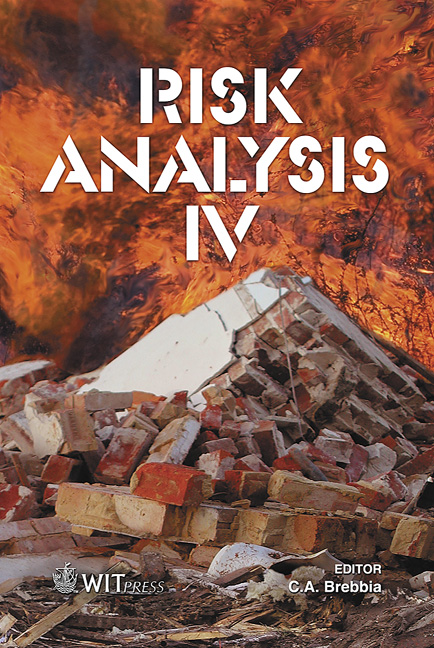The Importance Of Pre Mitigation Strategies In Development Planning
Price
Free (open access)
Transaction
Volume
77
Pages
11
Published
2004
Size
247 kb
Paper DOI
10.2495/RISK040651
Copyright
WIT Press
Author(s)
K. Hansson
Abstract
Natural hazards destroy vital rural infrastructure. In Asia, which accounts for approximately half the number of the natural catastrophes in the world, and 70% of all floods, the average annual cost of floods over the past decade is approximately 15 billion USD [1]. Recovery from disasters is hard to cope with, especially for developing countries. To reduce rural poverty, effective infrastructure projects related to agriculture have proven to be an essential policy tool. In particular, infrastructure development for transportation, irrigation, and electricity plays an important role. Rural infrastructure loss in the developing world has severely affected the activities of the world's international lending institutions. For instance, the World Bank loan to developing countries in the last 20 years, for damages from natural disasters, has been estimated to be 14 billion USD [2]. It is assumed to be financially beneficial for a poor region to be provided with aid as a risk reduction measure instead of post disaster relief. That is, as a pre mitigation strategy in order to reduce the impact of a hazard and reduce risk. However, evaluations of preparedness actions are seldom performed and hard to find. In this article we present a framework for evaluating the possible benefits of a pre mitigation strategy. The framework is based on an earlier performed flood mitigation project in Hungary [3], and extensive literature studies. It must be emphasised that we do not suggest that no aid should be provided after a hazardous event. Instead, hopefully, less aid should be needed since precautions should have been taken before the event. Keywords: development planning, disaster preparedness, risk-reduction, vulnerability.
Keywords
development planning, disaster preparedness, risk-reduction, vulnerability.





